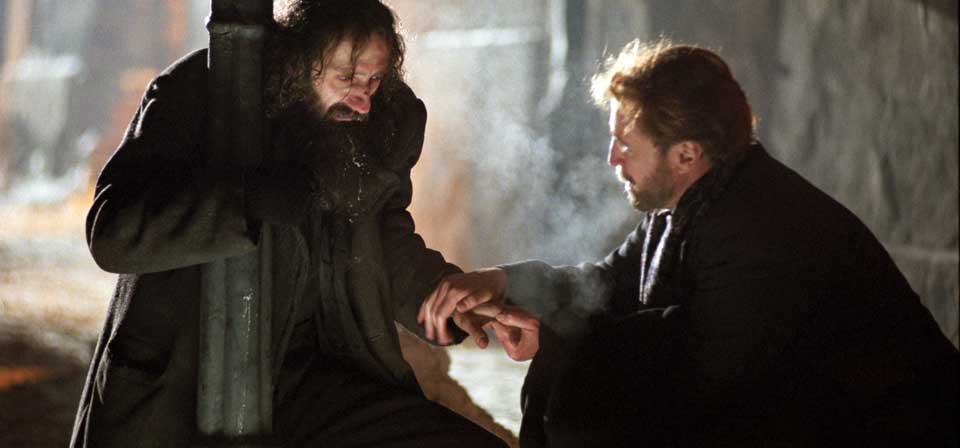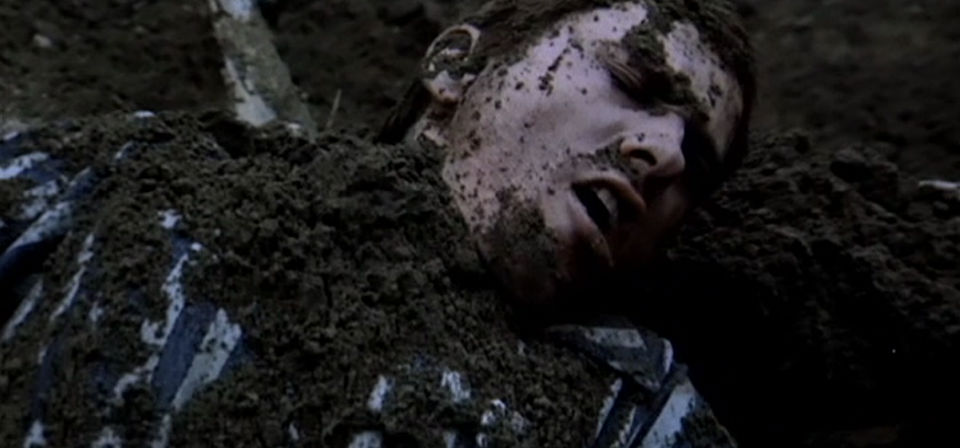“You do it for Christ, and forget the rest”
Krzysztof Zanussi on Our God’s Brother, Adam Chmielowski, Pope John Paul II, and how he discovered Christoph Waltz
My interview with Zanussi and my essay on the film first appeared in the companion booklet to Ignatius Press’ DVD edition of Our God’s Brother (buy at Amazon).
At 77, filmmaker Krzysztof Zanussi is still active and vigorous, his keen intellect and resonant voice undiminished by age. When I spoke to him recently via phone at his house in Poland, he was hosting a troupe of actors rehearsing a play, and we were repeatedly interrupted by his apparently numerous dogs, which at one point he reported were attacking the actors. Still, he was generous with his time and attentive to my questions, frequently interrupting me and more than once anticipating questions I planned to ask but hadn’t yet.
In addition to Our God’s Brother, we also briefly touched on his two other films about saints, Life for Life (about Maximilian Kolbe) and From a Far Country (1981, about Pope St. John Paul II).
SDG: Let me just say, first of all, that I really appreciated Life for Life…
Zanussi: I’m very happy about it!
SDG: And I’ve now seen Our God’s Brother. My first thought was: Here’s a film that portrays a saint, Adam Chmielowski or Brother Albert, as he is portrayed by another saint…
Zanussi: …by Wojtyla, who wrote this stage play as a very young man. And Wojtyla made him a saint — the only case in history that a writer makes his protagonist a saint!
I also shot a film about John Paul II, so suddenly I am an author of three filmed biographies of saints. However, consciously, I have shot two.
Chmielowski was kind of a model for Wojtyla, when he thought about the priesthood. It was something that I think attracted him.
SDG: Which of these two figures — Chmielowski or Wojtyla — did you feel more of a connection with?
Zanussi: I knew personally Wojtyla already as a bishop, and then as a pope. After I shot a film about him, I thought: It is regrettable that he wrote an interesting and intellectually a very rich play, and it is totally unknown. So I thought it would be appropriate to propose [adapting] it.
I knew Chmielowski [as a historical figure], because he was quite known and quite popular. I knew one person in my family who met Chmielowski just a year before he died, so it was another link.
SDG: I understand that when you first set out to make Life for Life, you weren’t personally drawn to Kolbe. Was it different with Chmielowski?
Related

The greater freedom: Karol Wojtyla and Our God’s Brother
As a seminarian in the 1940s, the future Pope St. John Paul II wrote a play about a Polish artist turned religious who helped inspire his vocation. In 1997, a film adaptation featuring Christoph Waltz was directed by Krzysztof Zanussi (Life for Life).

Life for Life: Maximilian Kolbe, martyr of Auschwitz (1991)
Two great mysteries hover over the cardinal moment in St. Maximilian Kolbe’s life, a quiet exchange of words with the deputy camp commander at Auschwitz-Birkenau heard by few and lasting probably less than a minute.
Recent
- Benoit Blanc goes to church: Mysteries and faith in Wake Up Dead Man
- Are there too many Jesus movies?
- Antidote to the digital revolution: Carlo Acutis: Roadmap to Reality
- “Not I, But God”: Interview with Carlo Acutis: Roadmap to Reality director Tim Moriarty
- Gunn’s Superman is silly and sincere, and that’s good. It could be smarter.
Home Video
Copyright © 2000– Steven D. Greydanus. All rights reserved.